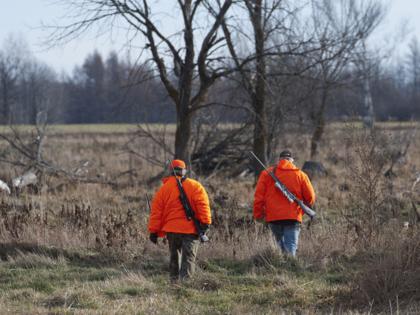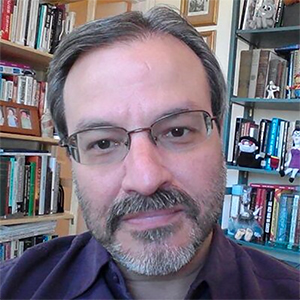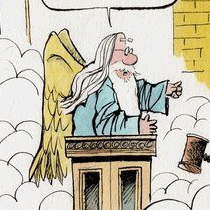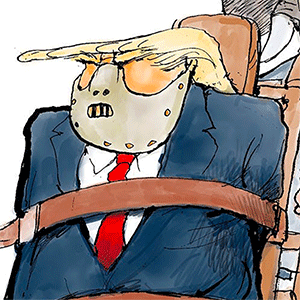Commentary: Can you really conserve species by killing them?
Published in Op Eds
When our family visits my mother’s glass-walled room overlooking the backyard and woods, we watch our unofficially “adopted” family of deer hang out in the grass and under the trees. My grandfather, who grew up in the city, was mesmerized by them. My father, coffee in hand, spent countless hours deer-watching before he died at 78. Now, younger family members enjoy the same view, appreciating nature.
Deer populations work the same way. Older animals pass on, new fawns arrive and the cycle continues naturally—until it’s interrupted by hunters who shoot these animals under the guise of “conservation.” Even our backyard deer family has lost members this way, a stark reminder that hunting isn’t preservation but cruelty.
“Conserving wildlife.” “Preserving species.” “Funding management.” Even though less than 4% of the U.S. population hunts, we’re all familiar with these catchphrases favored by hunters. But can you really conserve animals by killing them?
Mounting evidence suggests not.
With tens of thousands of animals exterminated every year, how is it that they are still considered “overpopulated”? The answer is actually quite straightforward. Deer, for example, are one species whose reproductive rate depends largely on the availability of food and habitat—self-management at its finest. After hunting season, the sudden abundance of food and space triggers increased breeding. Simply put, more hunting equals more deer—as any “conservationist” knows.
Wildlife management agencies routinely kill natural predators—bears, wolves, coyotes—who would otherwise keep species in balance. By eliminating these animals to ensure plenty of deer for hunters, they create the very “overpopulation” they claim to fix.
Hunters assert that killing deer prevents starvation and chronic wasting disease. This doesn’t make sense because, whereas natural predators keep populations healthy by preying on the sickest and weakest, hunters go after the healthiest and strongest. When these robust members of a herd are killed, animals who depended on them for survival have difficulty finding food and gaining enough weight to survive the winter, so many starve. Just as we accept the passing of older family members as part of life, the unnatural death of a young, vital parent is a devastating tragedy—one that leaves the entire family struggling.
Hunting has greatly contributed to the extinction of numerous species, including the passenger pigeon, the Carolina parakeet, the sea mink and the Steller’s sea cow. Lead poisoning from the carcasses of hunted animals drove California condors nearly to extinction.
Many threatened animals are still being hunted. It took nearly 50 years of Endangered Species Act protection to save gray wolves from extinction after hunters and trappers pursued them with reckless abandon. In states where wolves have been stripped of their protected status, we’ve witnessed what can only be described as a bloodbath.
In Wisconsin, hunters sued the Department of Natural Resources to demand that it scrap plans to gather data on the health of the wolf population, insisting instead that it open the floodgates to hunting immediately. They won and proceeded to bait wolves, shoot them with bullets and arrows, run them down with snowmobiles and packs of dogs and ensnare them in steel traps that crush their legs and necks. They killed nearly 83% more animals than was permitted in just 72 hours. Officials stopped the hunt, but at least 218 wolves were already dead.
Wildlife researchers estimate that the state’s population has shrunk to only about 1,000 wolves. Yet hunters continued to demand another open season with a higher quota—300, with some pushing for 500. “Conservation,” indeed.
And what of hunters’ claim that their fees fund wildlife management? Another myth. An analysis by Nevadans for Responsible Wildlife Management found that hunters contribute only a tiny portion of overall conservation funding. Most wildlife agency revenue comes from federal and state agencies, private landowners and other non-hunting sources.
The model of “conserving” animals by killing them has been a disaster. It’s time we called hunting what it is: a massacre of America’s treasured species—and families.
_____
Scott Miller is a staff writer for the PETA Foundation, 501 Front St., Norfolk, VA 23510; www.PETA.org.
_____
©2025 Tribune Content Agency, LLC.
























































Comments